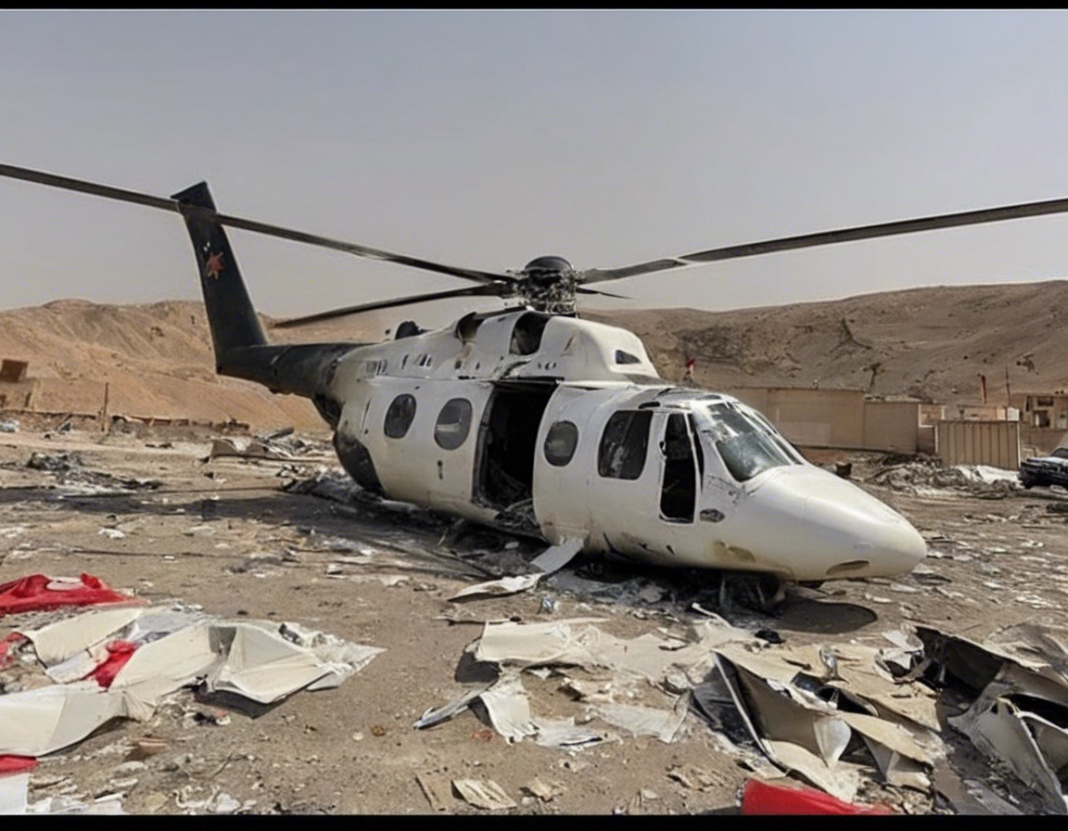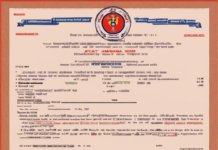Introduction
On May 3, 2020, a tragic incident occurred in Iran which claimed the lives of several high-ranking officials, including the Iranian President. The helicopter crash that took place near Tehran has sparked speculation and concern across the globe. In this article, we delve deep into the details of what happened during the Iranian President’s helicopter crash, analyzing the possible causes and implications of this devastating event.
The Incident
The helicopter carrying the Iranian President, along with several other officials, crashed in the mountains near Tehran on a rainy and foggy day. The official report suggests that the helicopter lost control due to adverse weather conditions, leading to a fatal crash. The incident sent shockwaves throughout Iran and beyond, as the nation mourned the loss of its leader and other prominent figures.
Possible Causes
While the official statement points to bad weather as the main cause of the crash, there are several other factors that could have contributed to this tragic event. Pilot error is always a concern in such incidents, as the skill and experience of the pilot play a crucial role in ensuring the safety of the flight. Technical malfunctions or mechanical failures in the helicopter cannot be ruled out, as even the most well-maintained aircraft can face unforeseen issues.
Implications
The helicopter crash has far-reaching implications for Iran and the region. The loss of the Iranian President has created a political vacuum that will need to be filled swiftly to ensure stability and continuity in the country. The incident also raises questions about the safety standards of air travel in Iran and the measures in place to prevent such tragedies in the future. Furthermore, the impact of this event on Iran’s relations with other countries and on the geopolitical landscape of the region cannot be overlooked.
Investigation and Response
In the aftermath of the crash, a thorough investigation was launched to determine the exact causes of the incident. Aviation experts, along with government officials, are working tirelessly to piece together the events leading up to the crash and to prevent similar accidents in the future. The response to the incident, both domestically and internationally, has been one of grief and solidarity, as condolences pour in from around the world.
Preventive Measures
To avoid such tragic incidents in the future, it is essential to implement stringent safety measures for air travel, especially for high-profile officials and dignitaries. Regular maintenance checks and pilot training are crucial components of ensuring the safety and reliability of helicopters and other aircraft. Additionally, weather monitoring systems and emergency protocols should be in place to mitigate the risks posed by adverse weather conditions.
Conclusion
The Iranian President’s helicopter crash is a sobering reminder of the fragility of human life and the inherent risks associated with air travel, especially in challenging weather conditions. As the investigation unfolds and the facts come to light, it is essential to learn from this tragedy and take proactive steps to enhance aviation safety and prevent similar incidents in the future.
Frequently Asked Questions (FAQs)
- Was the Iranian President the only casualty in the helicopter crash?
-
No, several other high-ranking officials were also killed in the crash.
-
What measures are being taken to improve helicopter safety in Iran after this incident?
-
The Iranian authorities are conducting a thorough investigation and are likely to implement stricter safety protocols for air travel.
-
Could pilot error have been a contributing factor in the crash?
-
While the official report cited bad weather as the main cause, pilot error has not been ruled out as a possible factor.
-
How has the international community responded to the Iranian President’s helicopter crash?
-
Countries around the world have expressed condolences and solidarity with Iran in the wake of the tragic incident.
-
What impact will this incident have on Iran’s political landscape?
-
The loss of the Iranian President will undoubtedly have significant ramifications for the country’s political future.
-
Are there any ongoing investigations into the safety standards of air travel in Iran?
-
Yes, an investigation is underway to assess the safety protocols and standards in place for air travel in Iran.
-
Have there been any similar incidents involving high-profile officials in the past?
-
While helicopter crashes involving prominent figures are rare, they do occur from time to time.
-
What role do weather conditions play in helicopter crashes?
-
Adverse weather conditions can significantly increase the risk of accidents, especially in mountainous terrain.
-
Is there a need for greater oversight and regulation in the aviation industry in Iran?
-
Enhanced oversight and regulation could help improve safety standards and prevent future accidents.
-
How can individuals contribute to improving helicopter safety in their respective countries?
- By staying informed about safety regulations, reporting any concerns, and advocating for enhanced safety measures, individuals can play a role in improving helicopter safety.
In conclusion, the Iranian President’s helicopter crash serves as a stark reminder of the importance of vigilance and preparedness in ensuring the safety of air travel. By learning from this tragic event and implementing necessary precautions, we can strive to prevent similar incidents in the future.










